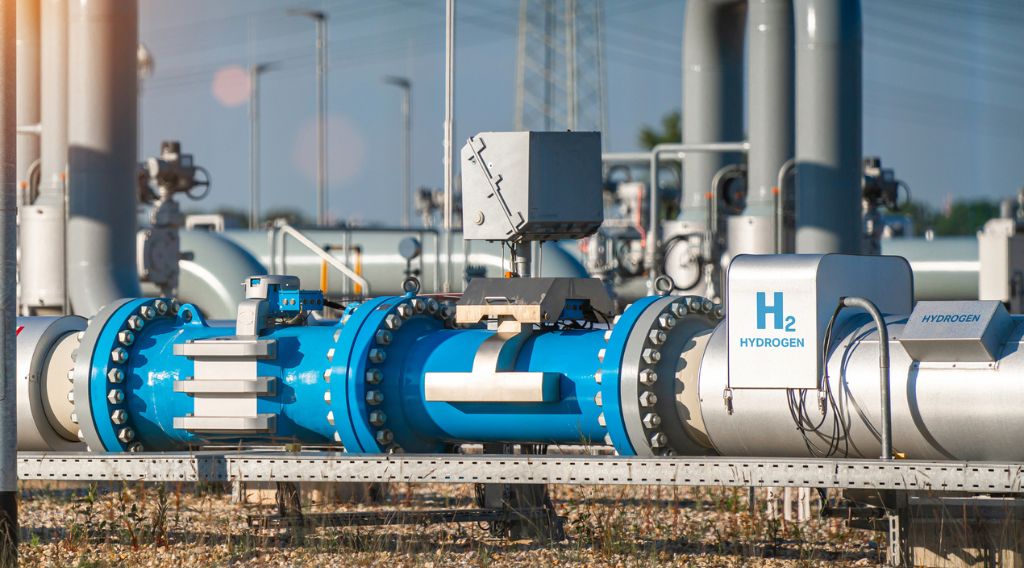
Bloomington, Ind. (December 21, 2020)—As more Indiana utility companies, businesses, and property owners seek to take advantage of the benefits of renewable energy, local governments in Indiana are looking to make informed decisions about solar and wind energy proposals and future development.
To help local governments maximize the economic and environmental benefits of renewable energy for their communities, Indiana University’s Environmental Resilience Institute (ERI) and the Great Plains Institute (GPI) have teamed up to produce two state-specific resources for local decision makers.
The online resources include the following:
- A model solar ordinance local governments can customize that provides zoning language for utility-scale and on-site installations. The template language reflects Indiana-specific statutes, practices, and community priorities currently seen in the state. The ordinance also addresses potential conflicts in solar regulation, such as land use, setbacks, screening barriers, and landscaping.
- A renewable energy guide addressing large-scale solar and wind installations that gives Indiana communities a long-range perspective on utility- and community-scale renewable energy markets and development trends, addressing topics such as siting authority, taxation and incentives, and energy generation potential.
“Developed by experts with lots of input from local stakeholders, these new resources give Hoosier planning authorities a trusted place to start thinking about how renewable energy fits into their long-term development plan,” ERI Director Janet McCabe said. “Every county in Indiana possesses abundant solar and wind resources. Having an ordinance or long-term plan in place before developers come to town can simplify the approval process and send a signal that communities are interested in this kind of development.”
Solar and wind energy currently comprise about seven percent of all electricity generation in the state. As of August 2020, Indiana hosted about 445 megawatts of solar and 2,317 megawatts of wind. Those numbers are poised to grow substantially this decade as Indiana utility companies, Hoosier businesses, and private residents expand investment in renewable energy.
Solar energy, in particular, is poised to increase. According to the Solar Energy Industries Association, the Hoosier State is projected to more than triple its current capacity over the next five years. Though community-scale and residential solar installations are associated with few nuisances, they can compete with land use and other development options. To avoid potential conflicts, communities should evaluate how different forms and uses of solar fit into their development goals.
“Communities wouldn’t apply the same standards to an industrial facility as they would a family home,” said Brian Ross, a GPI vice president. “It’s the same for solar, where large-scale solar farms likely require different rules than rooftop or backyard installations. The model ordinance we created outlines these differences and can help position communities to proactively encourage desired solar development with good site placement and design standards.”
Beyond economic and energy benefits, solar development creates opportunities for desirable co-benefits, such as reducing local greenhouse gas emissions, restoring habitat, diversifying agricultural businesses, and improving surface and ground waters. The Indiana model ordinance offers guidance on how best to capture these benefits, including recommended standards for pollinator-friendly solar installations.
The ordinance is based on the model solar energy ordinance originally created for the US Department of Energy’s Phase I Rooftop Solar Challenge program in Minnesota. It has also been adapted for local governments in Iowa, Illinois, and Wisconsin.
View the Indiana model solar ordinance
View the Indiana renewable energy guide
What people are saying
Ty Adley, Marshall County plan director and Indiana Chapter of the American Planning Association board member
“The model solar ordinance developed by the Indiana University Environmental Resilience Institute and the Great Plains Institute will be of great benefit to Indiana communities. Their work will provide an excellent starting point and resource to share with local decision makers and residents on the impacts of solar energy and best practices for development standards on the technology.”
About the Environmental Resilience Institute
Indiana University’s Environmental Resilience Institute (ERI) brings together a broad, bipartisan coalition of government, business, nonprofit and community leaders to help Indiana better prepare for the challenges that environmental changes bring to our economy, health, and livelihood. Launched in May 2017, ERI is working to deliver tailored and actionable solutions to communities across the state of Indiana.
About the Great Plains Institute
A nonpartisan, nonprofit organization, the Great Plains Institute (GPI) is transforming the energy system to benefit the economy and environment. Working across the US, we combine a unique consensus-building approach, expert knowledge, research and analysis, and local action to find and implement lasting solutions.
###
Media Contacts:
Jonathan Hines
Environmental Resilience Institute
Phone: 812-856-3610
Email: [email protected]
Brian Ross
Great Plains Institute
Phone: (612) 501-1531
Email: [email protected]


